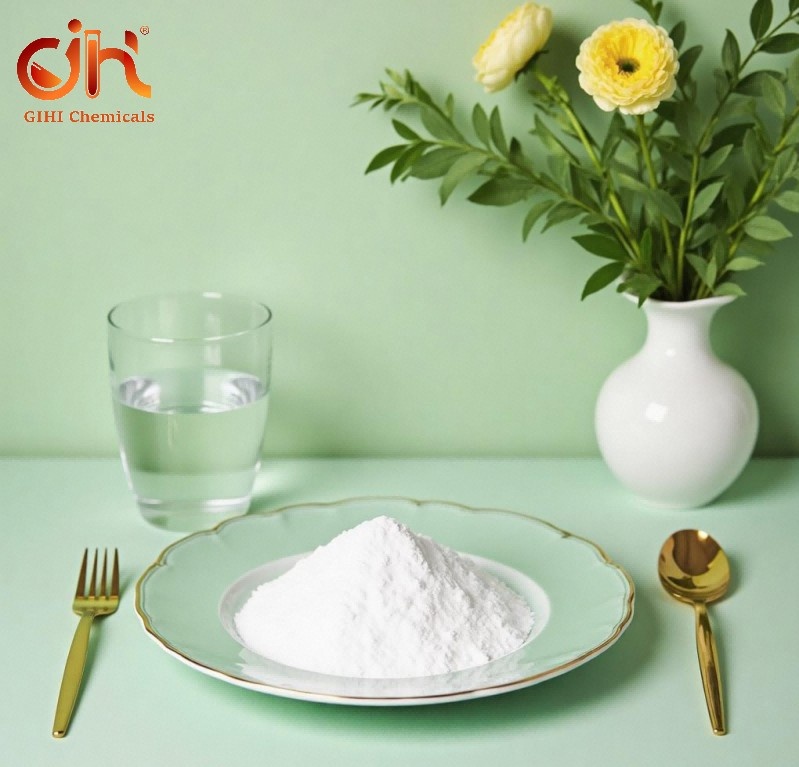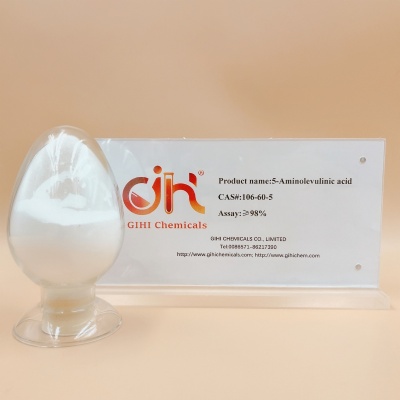Synonym
L-Aspartic acidUSP, 98.5-101.5% (Titration: anhydrous basis); (s)-butanedioicaci; alpha-Aminosuccinic acid; Asparagic acid; asparagicacid; Asparaginic acid; asparaginicacid; asparaginsaeure
CAS No.: 56-84-8
EC No.: 200-291-6
MF: C4H7NO4
MW: 133.1
Packing:
100g/bag; 500g/bag; 1kg/bag; 25kg/drum
Recommended storage method:
Store in a cool, dry and ventilated place.
Recommended storage temperature:
2 - 8 °C
Product usage:
Nutritional supplements, ambiguity and flavoring agents
Parameters of L-Aspartic Acid
|
Item |
Specification |
|
Appearance |
White crystalline powder |
|
Specific Rotation |
+24.8°-+25.8° |
|
State Of Solution ( Transmittance) |
≥98.0% |
|
Loss on Drying |
≤0.2% |
|
Residue on Ignition |
≤0.1% |
|
Heavy Metals (as Pb) |
≤10ppm |
|
Arsenic(as As2O3) |
≤2ppm |
|
Iron |
≤10ppm |
|
Sulfate (SO42-) |
≤0.03% |
|
Chloride (Cl-) |
≤0.02% |
|
Ammonium (NH4+) |
≤0.05% |
|
Other amino acid |
Negative |
|
Assay ( Dry Basis) |
≥98.5% |
Benefits of L-Aspartic Acid
Energy and Glucose Production
Aspartic acid is extremely important and plays a critical role in generating cellular activity.
Memory and Cognition
L-aspartic acid is significant for cognitive function since it is responsible for transporting NADH to the brain.
Immune Function
Aspartic acid is a critical factor regarding the production of antibodies and immunoglobulins.
Removal of Toxins
The body produces toxins as a consequence of cellular activity. L-aspartic acid works to remove ammonia and other toxins.
Reproduction
L-aspartic acid is responsible for synthesizing the luteinizing hormone which produces testosterone in males.
DNA and RNA
If the body has to produce RNA and DNA, it needs L-aspartic acid.
 GIHI CHEMICALS CO., LIMITED
GIHI CHEMICALS CO., LIMITED




